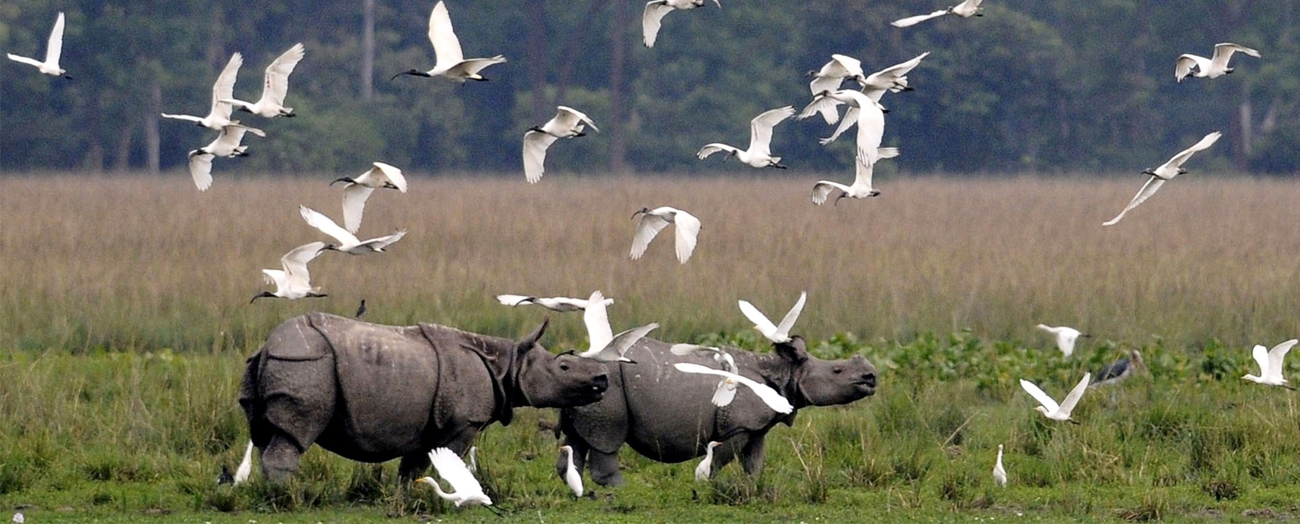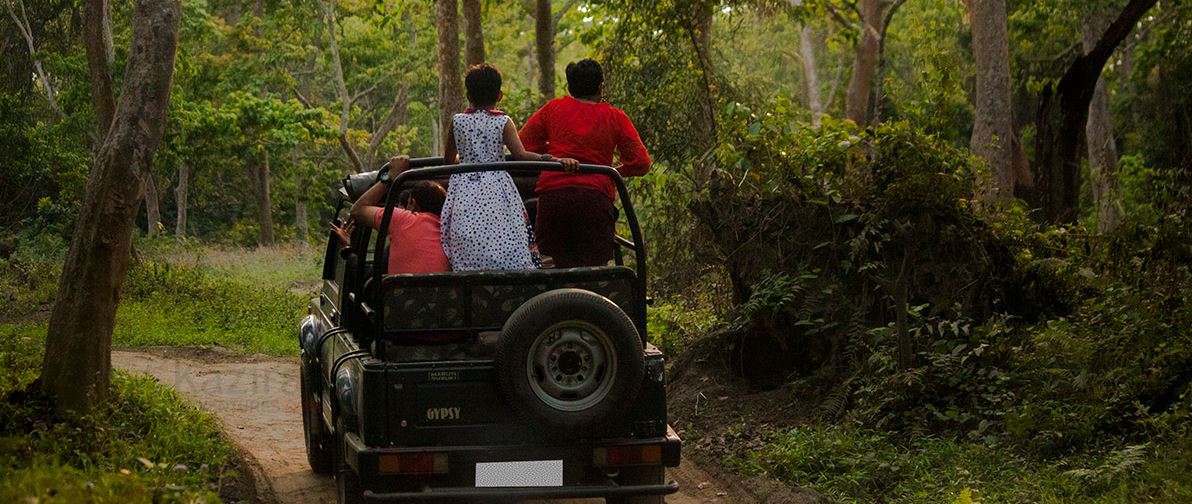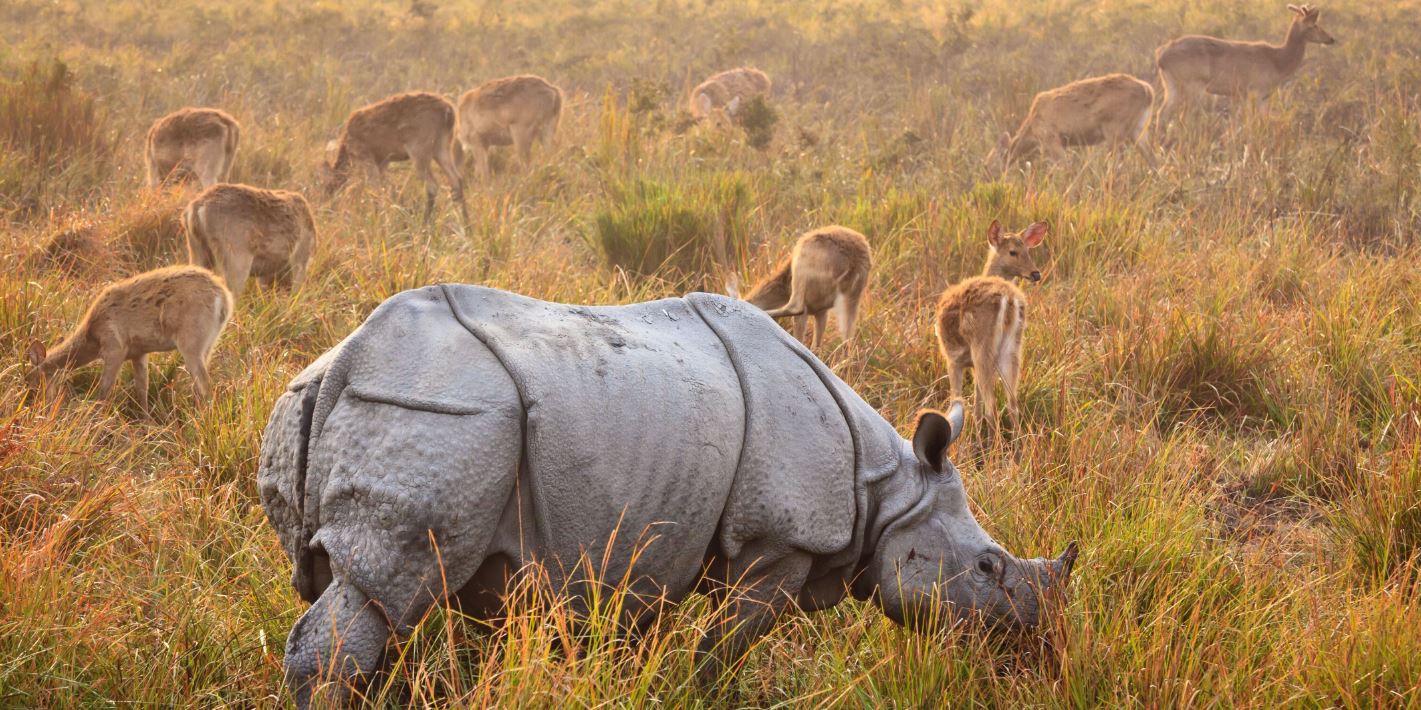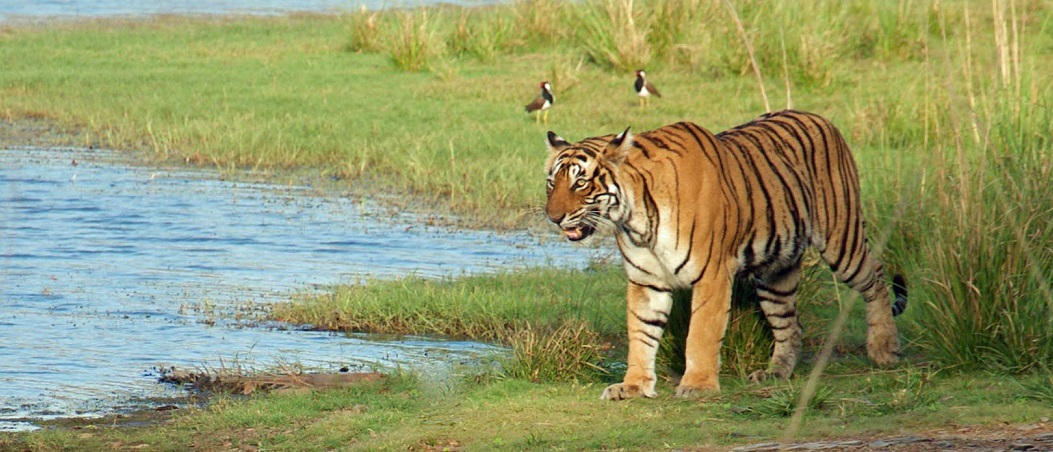
Six Hundred Soldiers Deployed to Stop Illegal Hunting in Kaziranga
News Update: A new battalion of 600 Police Jawans will soon be placed in the Kaziranga National Park and Tiger Reserve for better management and checking of poaching activities, Chief Minister Himanta Biswa Sarma said following a review meeting on flood preparedness, anti-poaching measures, and animal safety in the national park.
In response to increasing incidents of illegal hunting in Kaziranga National Park, the Indian government has deployed 600 soldiers to bolster anti-poaching efforts. This measure aims to combat the persistent threat to wildlife, particularly the endangered one-horned rhinoceros which is highly targeted for its horn.
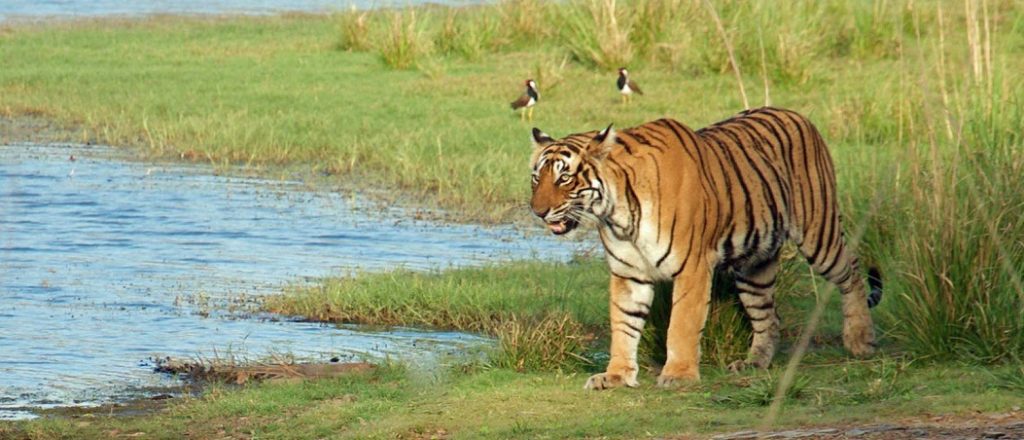
Kaziranga, home to two-thirds of the world’s one-horned rhinoceroses, has faced a significant poaching problem due to the high demand for rhino horns in traditional medicine and as a status symbol. Poachers often take advantage of the park’s geography, using the dense elephant grass for cover and nearby routes for quick escapes. Additionally, extremist groups have been involved in poaching to fund their activities, adding a layer of complexity to the conservation challenge.
Deploying soldiers is part of a broader strategy to achieve “area dominance,” which includes establishing numerous police outposts, enhancing patrolling, and using advanced equipment like night-vision devices and sophisticated weapons. This approach is intended to deter poachers and improve the overall security of the park.
The initiative reflects the urgency and severity of the poaching crisis, calling for coordinated efforts from various departments and robust on-ground measures to protect Kaziranga’s wildlife.
Rhino Poaching History of Kaziranga National Park
Kaziranga National Park, located in Assam, India, has a rich history intertwined with wildlife conservation, particularly the protection of the one-horned rhinoceros. Established in 1905 as a reserve forest, the park’s journey towards becoming a haven for rhinos began due to the efforts of Mary Curzon, who was moved to action after failing to see a single rhino during her visit.
Throughout the 20th century, Kaziranga faced significant challenges from poaching. In the late 1800s and early 1900s, sport hunting drastically reduced the rhino population. By 1908, only about 12 rhinos remained in the park. As conservation measures were introduced, poaching for rhino horns became the primary threat. Between 1962 and 2016, there were 662 reported poaching cases, with a peak in 2013-2014 when 27 rhinos were killed annually.
Anti-poaching efforts have evolved significantly over the years. In 1954, the Assam (Rhinoceros) Bill was enacted, imposing strict penalties for poaching. The Assam National Park Act of 1968 further strengthened protection measures, and Kaziranga was declared a national park in 1974 (Wikipedia). Despite these measures, poaching persisted, often driven by the lucrative black market for rhino horns used in traditional Asian medicine.
Recent years have seen notable successes in the fight against poaching. In 2022, Assam recorded zero rhino poaching incidents for the first time since 1977. This achievement was attributed to enhanced surveillance, including the introduction of satellite phones for forest guards, and the recruitment of over 2,500 frontliners, including a significant number of women. The park also implemented a controversial “shoot-at-sight” policy, which received criticism but was defended by some as a necessary measure to protect wildlife.
Kaziranga’s ongoing efforts have significantly reduced poaching incidents, but the threat remains. Continuous vigilance and adaptive strategies are essential to maintain and build upon these conservation successes.
